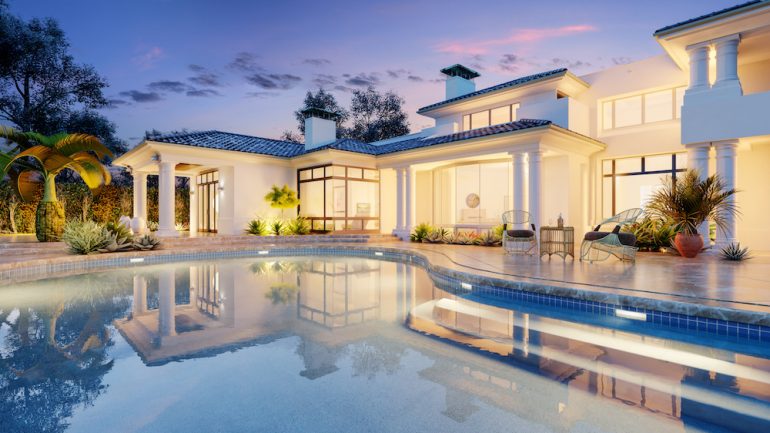You’ve saved money, your family has grown and you’re thinking of buying a bigger house. Of course, it will come with bigger mortgage payments, but there are other cost increases to consider. Let’s count them to see if you are financially ready for a bigger house.
Purchase and administrative costs
Obviously, a bigger house comes with a higher purchase price, higher dollars in down payment and higher closing costs for items such as the title policy. Your monthly mortgage payment will increase hundreds, perhaps thousands of dollars, with a bigger house. But there are other costs increases associated with buying a larger home.
- A bigger house means higher insurance payments. And since your deductible is often a percentage of the home’s value, a home insurance claim will cost you more money out of pocket.
- Property taxes will be higher on a more valuable home.
- Bigger, nicer houses are likely in neighborhoods with higher homeowners association (HOA) dues. Find out what those costs will be for the new house you’re considering and obtain a copy of the HOA bylaws before purchase.
- A bigger house will have more space to heat, cool and light, so your utilities will go up. (If the house is new, however, or the HVAC has been upgraded in recent years, those more efficient systems may save on energy costs.)
Developing and furnishing a bigger house
Once you move into that larger space, keep in mind that you’ll have costs for developing and furnishing your additional space, inside and out.
Depending on what the bigger house’s landscape is like, you could invest thousands in adding or improving the lawn, flower beds, trees and shrubs. The larger the property, the more time-consuming the work, so you may find yourself hiring a landscape and maintenance company. If you decide to do the work yourself, you may need a riding mower and other additional equipment to maintain the larger property. And a larger landscape will require a bigger sprinkler system and result in higher water usage than you are accustomed to.
Inside you’ll have more rooms and space that will need furniture, wall decorations, area rugs and window treatments.
More on maintenance
Besides landscape maintenance, other costs of maintaining that bigger house will be higher.
- When the time comes for a new paint job, a bigger house brings a bigger price tag. You almost certainly will want to trust this job to a professional.
- If the bigger house has a pool, it will require intensive maintenance, whether you do it yourself or you hire a service.
- Power washing your driveway, patio and deck every few years and resealing or restaining the deck will cost more.
- Washing windows on upper floors requires a professional, and more house means more windows to clean.
- Professional carpet cleaning will come with a bigger cleaning bill.
- Regular services for HVAC check-ups and pest control are more expensive on a larger house.
Future replacement
Over time, houses need new roofs, new air conditioning compressors, new pool equipment, and updated kitchen and bath designs. Each of these will cost more on a bigger house.
Are you ready for a bigger house?
Here’s how to know if you are financially ready for a bigger house.
First, research the purchase and administrative costs described above. Calculate a budget for furnishing the new home, including the cost of exterior items. Then explore the ongoing expenses of regularly maintaining the bigger house. Finally, get estimates for the replacement costs of a roof, HVAC system and painting.
Next, divide these costs out over a year to obtain a monthly amount to save. Before taking the purchase plunge, take six months to a year to save what you’ve calculated and evaluate how well you did in managing these increased costs. This will tell you how prepared you are to take on that bigger home you dream about.
Related – Don’t Overlook Homeowners Insurance


